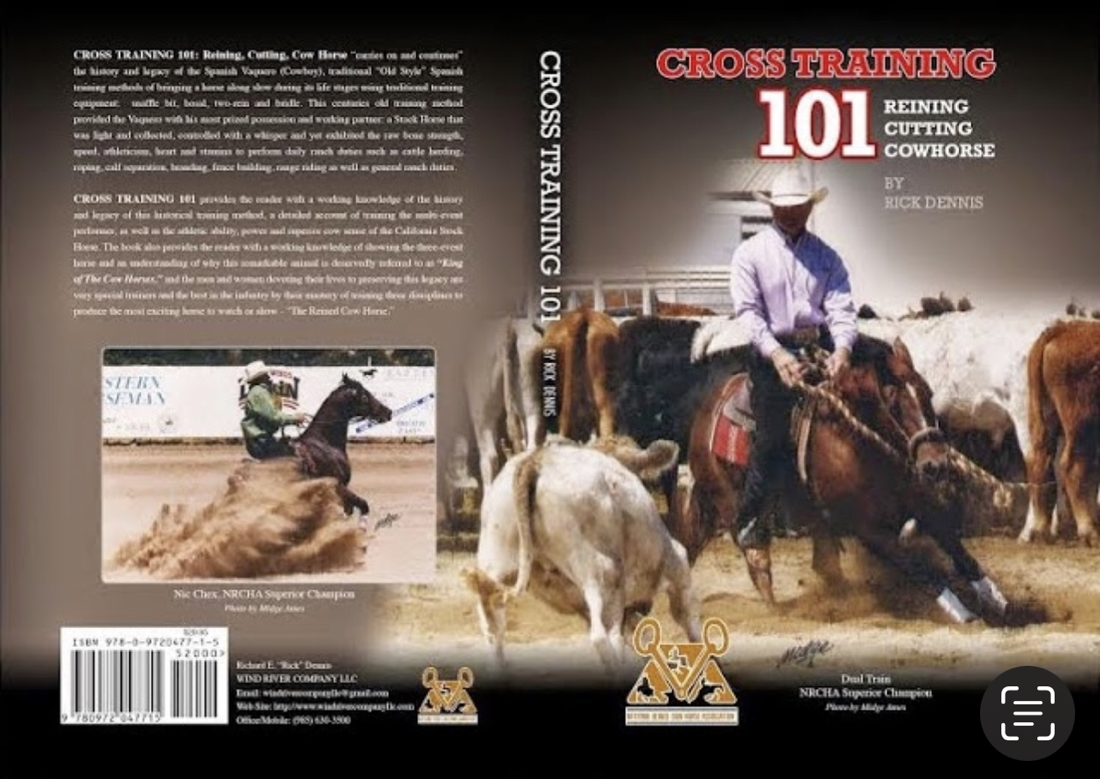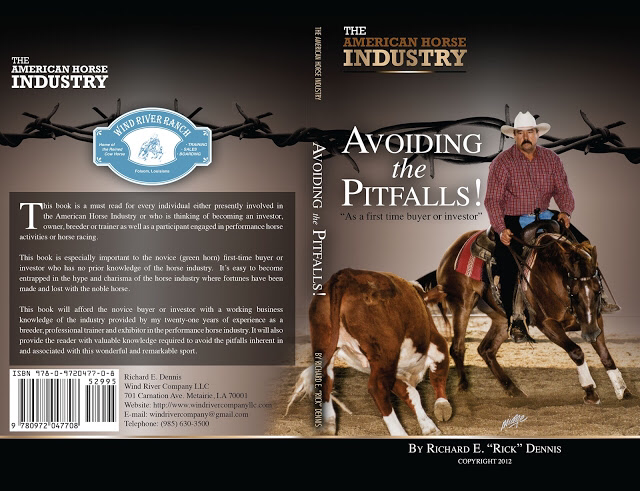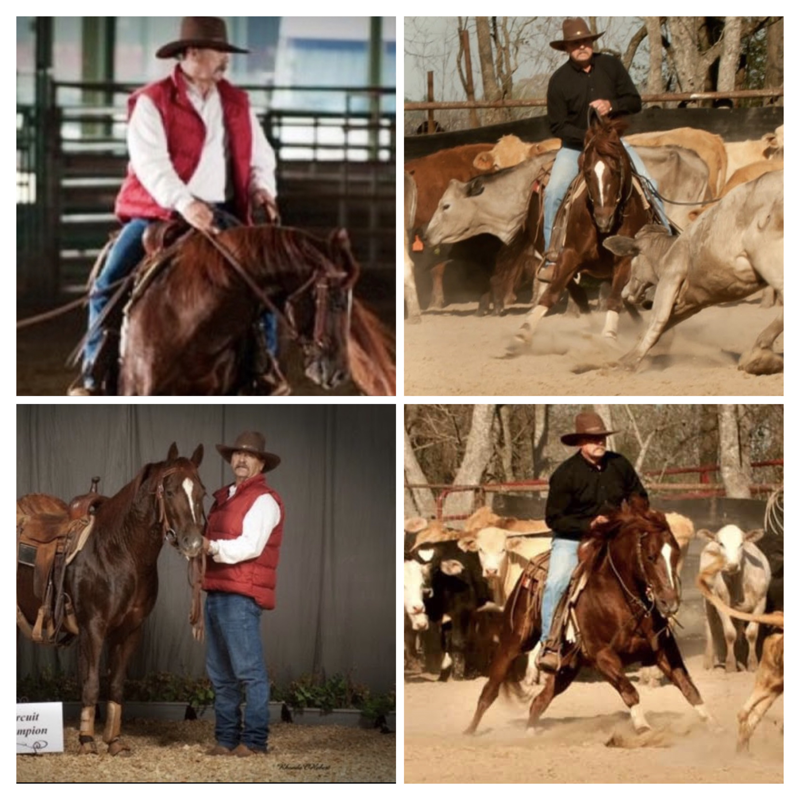|
SELF-DEFENSE COMBAT SHOOTING – PART 2
By Richard E. “Rick” Dennis CPP Veteran US Army – Vietnam War Veteran Drug Enforcement Agent Veteran Law Enforcement Professional Freelance Journalist and Author June 14, 2022 DISCLAIMER In my previous article; SELF-DEFENSE COMBAT SHOOTING, I delineated the correct self-defense combat shooting stance as well as the correct hand grip holds for revolvers and semi-auto pistols. In this article, I’ll provide the reader with examples of the types and kinds of firearms, e.g., semi-auto pistols and revolvers suitable for self-defense combat shooting. The makes and models along with the firearm types listed, represent the ones I personally used in my Drug Enforcement Career and not from a paid endorsement. MY PROFESSIONAL CAREER WITH FIREARMS Since early childhood, firearms have been an integral part of my life. My grandmother Jeanette introduced me to firearms when I was five. My grandmother gave me my first 22 single shot rifle; a Winchester Youth Model, for my fifth birthday. Over-the-years, she taught basic shooting skills and her instructions set the foundation for the marksman I am today. Back in the 1950’s, introducing firearms to youngsters was a way of life where I grew up – Fungo Holler, Alabama. Fungo Holler was a rural farming community situated at the base of Oak Mountain, which is now a State Park. My professional career with firearms started on January 3, 1969, when I entered the US Army, during the Vietnam War. In the Army, I was issued an M14 battle rifle chambered in the 7.62 X 51 NATO cartridge. Unlike Politicians today who think the semi-auto AR 15 sporting rifle is an assault weapon – my Army issued M14 actually is an assault weapon. It has a select fire switch, meaning I could transition from a semi-auto rate of fire to a full auto rate of fire with the flip of a switch. After being Honorably discharged, in the late 1970’s, my second career with firearms began. More specifically, my Drug Enforcement and Law Enforcement career, which lasted until 1988. On my first day at the firing range I was afforded the option of carrying one or both of two approved law enforcement firearms. Either the Smith & Wesson Revolver or the Colt Revolver. Both chambered in 38 Special. After firing each, I chose the Smith & Wesson model10 four inch revolver. The Smiths always felt better in my hand, has a faster reset trigger spring which allows me to fire more rapidly with the Smith than the Colt, ad stay on target. Through my law enforcement career I carried the following S&W models: 10, 15, 19, and 36. No matter which approved firearm type you chose, the 38 Special was the only approved cartridge it could be chambered with. By the early to mid 1980’s violent crime rapidly escalated, as did the criminals choice of firearms, cartridge calibers, and fire power. In order to keep up with this ominous trend, law enforcement agencies started transitioning to the Single/Double action 9mm semi-automatic pistols. However, during this time frame, there weren’t many reliable ones on the market to choose from. Single action 1911 semi-auto pistols were also added to the approved list. My first 9mm semi-auto was a a single action Browning High Power, capable of carrying 13 cartridges in the magazine and 1 in the chamber, for a 14 round capacity. The detrimental draw-backs to the Browning High Power are: 1) It’s a single action design, meaning the firearm has to be carried cocked and locked with the safety on, i.e., the hammer is cocked and the safety is on while carrying and disengaged prior to firing the first shot and 2) the guns safety design prohibits it from being fired without the magazine being inserted in the magazine well. I quickly learned the latter in the middle of a gun fight when my guns magazine, with remaining rounds in it, inadvertently ejected from the magazine well in the middle of a gun fight, leaving me defenseless. Afterwards, I went back to the S&W revolvers which had served me so well. In 1985 Sig Sauer came out with a Single/Double action semi-auto 9mm pistol with a double stack magazine capable of holding 15 cartridges. With one chambered cartridge, this semi-auto pistol was capable of holding 16 rounds of ammunition. The double action feature of the firearm means the hammer can be cocked priory to firing the first shot or the user can simply pull the trigger and fire the weapon. So after its release, a significant number of Agents transitioned to this reliable firearm, including me. I carried this and my S&W revolvers for the remaining 2 years of my Law Enforcement career. Today, my self-defense carry weapons of choice are two Smith & Wesson striker fired semi-auto pistols: 1) an M&P Shield Plus, Optics Ready (OR), 14 round capacity 9mm with a 3.1 inch barrel, and Night Sites (NTS), and 2) an M&P 9 2.0 9MM Compact LE model, with a 3.6 inch barrel, 18 round capacity, and Night Sites (NTS). For the record, I’ve carried a Smith & Wesson firearm since 1970, or 52 years. The main reason I carry the Smiths over other models is due to: 1) their balanced and they fit my hand perfectly, 2) their extremely reliable, 3) I have total confidence in S&W firearms, 4) their trigger reset is faster than other firearms models I’ve tried, allowing me to shoot faster, more accurately, and stay on target during a combat situation and 5) I’ve carried them for along time knowing, without a second thought, or any doubt, they will save my life if the need arises and I do my part. The curious nature about gun fights are: Their instantaneous and you never know when their going to occur. Therefore, the best preparation for a gun fight is to always be prepared, carry a weapon that fits your hand and your entirely comfortable and familiar with, and one that’s capable of firing a cartridge you can handle one handed as well as having total faith in its ability to protect your life. During my law enforcement career, I lost two partners killed in action and others shot during gun fights, while serving search warrants for illegal drugs. Each one shares a common denominator, i.e., neither knew when they left their house that day, they were going to be shot or killed in the line-of-duty. Morale of the story, always be prepared, know how to use your gun, and never stop using it until the job is done! SELECTING A SELF-DEFENSE REVOLVER OR PISTOL Your first choice in a firearm should be one of simplicity. In a gun fight the object is to outshoot your opponent and survive. Therefore, pick a firearm that you just draw or pick up and fire it. Don’t buy one that you have to worry about cocking the hammer or taking the safety off before firing. You may forget one of the steps. Gun fights are instantaneous, straight forward, and stressful. It’s a kill or be killed proposition. The least you have to worry about the better off you are. Today, the firearms industry has never witnessed such an array of revolvers and semi-auto pistol styles and types as we see in the firearms industry right now. There’s a myriad firearms manufacturers and a myriad revolver and semi – auto pistol types. As the old adage, “Our cup runneth over!” A revolver is an easy pick. Preferably a double action. In the semi-auto pistol market we have 3 choices: Single Action of the 1911 type, Single/Double Action, and Striker Fired. My personal choice: Single/Double action or Striker Fired. Semi-auto pistols are a different breed of firearm. The grip angle determines how it fits and points in your hand. Glock pistols generally have a 22 degree angle, Sig Sauer pistols have a 21 degree angle, and Smith & Wesson Pistols have an 18 degree angle, which is the same as the venerable Colt 1911. The easiest way to determine whether a semi-auto is going to fit you is to perform a simple test. While standing straight up, with your arms extended full length along your side and touching your body, and the unloaded firearm in your grip hand simply raise your elbow up at a 45 degree angle. The firearm should be pointing straight out. Look down at the firearm. Is the muzzle pointing up, down, or straight out – level? If its high, you’ll shoot high and have to adjust your sight angle. If it’s low, you’ll shoot low and have to adjust your sight sight angle. If its level, you’ll naturally shoot straight and on target. The venerable 1911 is a natural pointing firearm because of its at an 18 degree angle. That’s why the military adopted it, along with its reliability factor. Which ever model, firearm type, and caliber you choose is a personal choice, but make the firearm type simple and the caliber one you can handle and depend on to stop an attacker. When a gun fight presents itself, the only thing you should be concerned about is drawing your weapon, accurately firing it, and eliminating the threat. “Until Next Time, Keep Em Between The Bridle!”
0 Comments
Leave a Reply. |
Richard E. "Rick" DennisFreelance Writer and Author Archives
March 2024
Categories |




 RSS Feed
RSS Feed